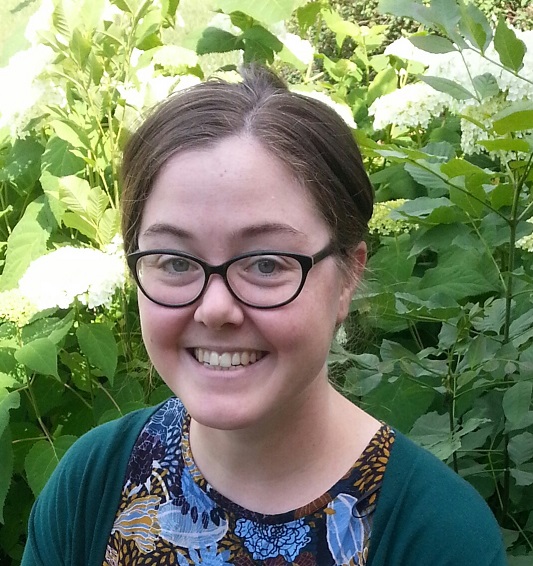Clarkson University was recently awarded a three-year National Science Foundation (NSF) grant for a research project titled “Collaborative Research: Uncovering Principles Underlying Rod Photoreceptor Outer Segment Renewal and Size” through the NSF’s Cellular Dynamics and Function program.

The grant will fund graduate students and undergraduates to work with both Clarkson and University of Massachusetts faculty to discover the rules by which photoreceptor cells in the eye calculate and balance rates of protein and membrane growth and shedding in their light-sensing antenna to maintain a constant length of their cellular antennas.
Diana White, an Assistant Professor in the Mathematics Department at Clarkson, is working with University of Massachusetts-Amherst Associate Biology Professor Abigail Jensen to co-lead the project.
The project seeks to discover the rules used by photoreceptor cells to calculate and balance rates of growth and shedding of proteins and membranes in their light-sensing antenna to maintain a constant length of their cellular antennas. Rules will be discovered using genetically manipulated zebrafish that reveal the dynamic regenerative process in the photoreceptor’s antenna.
One set of experiments is designed to stimulate extra growth at the base, and results will reveal whether antenna length increases or whether shedding increases to balance the extra growth rate to maintain a length constant. Another set of experiments is designed in which shedding from the tip will be blocked, and results will reveal whether antenna length will increase due to blocked shedding or whether growth at the base slows to balance the extra length at the tip to maintain a length constant. Finally, mathematical models will be developed to predict the length of the photoreceptor antenna following experimental manipulation.
Photoreceptors are neuronal cells that form before and soon after birth, and cannot be replaced if they degenerate. The light-sensing antenna of photoreceptor cells is an essential feature of the cells and must be continuously refreshed or regenerated in order to optimally capture light. Without this antenna, photoreceptor cells cannot sense light, and the photoreceptor cells die, resulting in blindness.
The goal of this project is to discover the rules used by photoreceptor cells in the eye to determine the length of their antenna. In addition to understanding this vital regeneration process, this proposal will allow a new generation of STEM scholars to learn the skills that are vital to thrive in STEM disciplines.
In particular, a cohort of students, undergraduates and graduate students, will participate in the research and gain vital training and mentoring in mathematical/computer modeling and life science. The project also incorporates activities to increase current and future participation of underrepresented groups in STEM education and careers.
Click here for a shareable link: https://www.clarkson.edu/news/clarkson-university-awarded-three-year-national-science-foundation-grant
